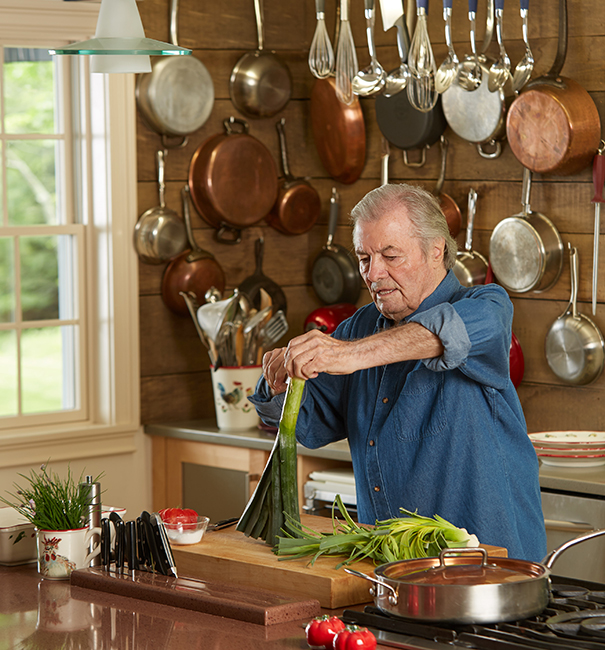The Future of the Culinary World: 2026 & Beyond
The culinary landscape is evolving at an unprecedented pace. What seemed futuristic a decade ago is now arriving in kitchens and on menus worldwide. The 2026 food trends highlighted in the video point to a world where flavor, health, sustainability, and technology merge. In this article, we unpack the forces reshaping what—and how—we’ll eat in the coming years.
1. Functional Foods & Wellness-Centric Eating
One of the most striking shifts is how food is evolving from fuel to function. Consumers—especially Gen Z and millennials—are driving demand for foods that deliver more than taste. They want:
- Gut-friendly snacks (probiotic chocolate bars, fermented bites)
- Adaptogenic beverages (mushroom coffee, nootropic infusions)
- Stress-relief ingredients embedded in everyday food
This trend reflects a deeper cultural shift: we increasingly see food as preventative medicine, not just sustenance.
2. Sustainability as the Baseline, Not the Exception
Sustainability is no longer a niche selling point—it’s becoming expected. The 2026 trends suggest that:
- Carbon footprints might be listed alongside calorie counts
- Packaging will adopt edible, compostable, or recyclable materials
- Upcycled ingredients will turn waste into opportunity
Consumers no longer reward “green claims” — they require them.
3. Global Flavors & “Swicy” Sensations
The way we approach flavor is becoming bolder and more eclectic:
- Fusion gone mainstream: menus blending ingredients and techniques from multiple cultures
- “Swicy” (sweet + spicy): a growing phenomenon in menus and social media
- Instagrammable eats: visual appeal and flavor curiosity increasingly influence what people try
Expect everything from za’atar-crusted desserts to gochujang-glazed comfort foods.
4. AI & Precision in the Kitchen
Behind many of these trends lies data, sensors, and algorithms:
- AI-driven recipe generation and meal planning
- Food systems that adapt supply chains based on consumption patterns
- Ingredient discovery powered by machine learning
In fact, the “consumer-driven” loop—from plate back to farm—could become standard, as food production systems respond dynamically to what people eat. arXiv+1
5. Protein Reimagined & Cultivated Alternatives
Protein is no longer just for athletes. It’s becoming a daily expectation:
- Plant-based proteins, mycelium-derived ingredients, and alternative sources are scaling
- Cultured (lab-grown) meat is inching closer to commercial viability, reducing reliance on traditional livestock methods Wikipedia
- Protein-rich versions of everyday items—snacks, desserts—are gaining traction
6. Elevated Convenience: Gourmet Frozen & Smart Packaging
The future of home dining is getting more elegant, more efficient:
- Frozen meals with chef-level flavor: premium entrees ready in minutes
- Smart packaging that maintains texture, freshness, and sensory experience
- Delivery-first design: foods engineered to travel well without sacrificing quality
7. Reinterpreting Tradition: Retro-Innovation & New Nostalgia
We’re witnessing nostalgia reimagined:
- Classic dishes are being reinvented with modern ingredients
- “Comfort food” is becoming adventurous
- Culinary heritage is respected but twisted into new narratives
Think hand pies reworked with global spices, or childhood desserts remixed for modern health demands.
8. The “Chef-You”: Empowering At-Home Food Creators
As more people cook at home, the kitchen becomes a creative lab:
- Home appliances, apps, and subscriptions make cooking more exciting
- Social media and streaming platforms turn everyday cooks into influencers
- DIY fine-dining becomes accessible
With nearly 90% of meals eaten at home, the border between restaurant and home kitchen is blurring. Brainz Magazine+1
What This Means for Stakeholders
For Chefs & Restaurateurs
- Stay agile: menus will change faster in response to consumer data
- Integrate storytelling: provenance, sustainability, and narrative matter
- Experiment with hybrid formats: ghost kitchens, subscription dining, pop-ups
For Food Brands & Startups
- Focus on ingredient innovation and tech-enabled processes
- Turn waste into value: upcycling and sustainable sourcing are opportunity zones
- Use AI and data insights to tailor products to evolving consumer needs
For Consumers
- Expect more transparency: scanable supply chains, carbon labeling, farm-to-fork traceability
- Be mindful: not all “functional” or “sustainable” labels are equal
- Embrace curiosity: new flavors, formats, and proteins will reward the adventurous eater
Final Thoughts
The 2026 culinary frontier isn’t about a single dominant trend—it’s about intersections. Health meets indulgence; tech meets terroir; sustainability meets flavor. The real winners will be those who can blend the bold and the responsible into unforgettable experiences




